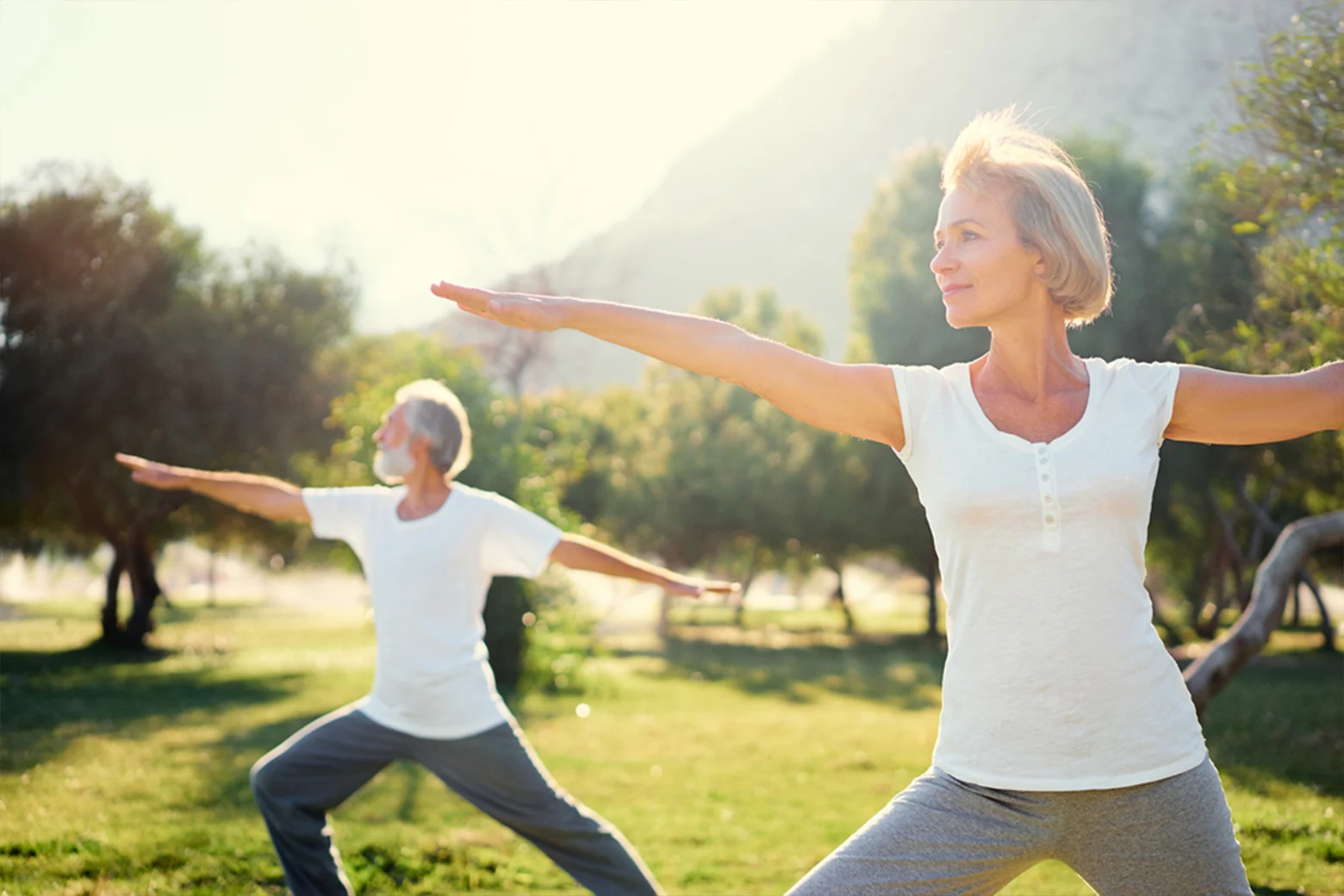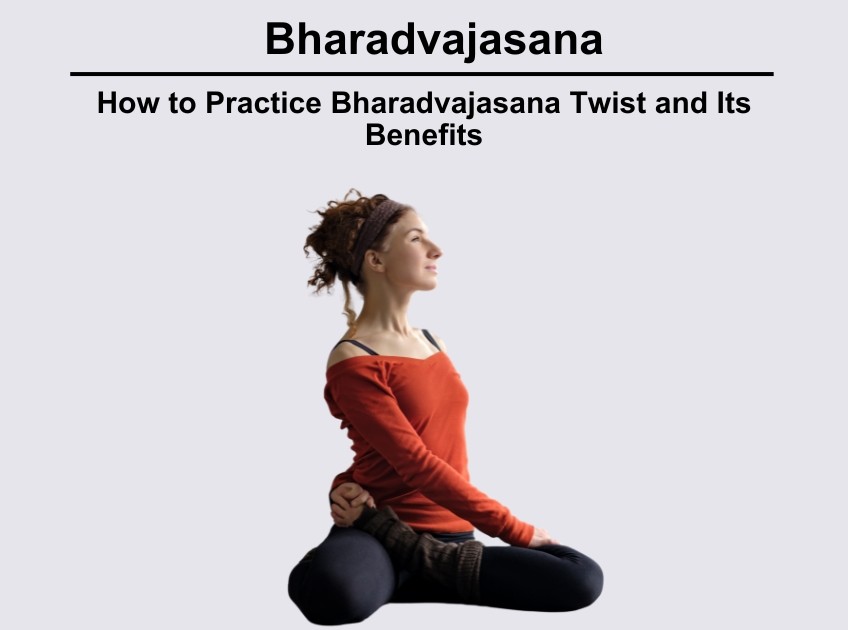
Bharadvajasana, also known as Bharadvaja's Twist, is a seated pose in yoga that focuses on strengthening and stretching the spine, neck, and shoulders. This pose promotes spinal mobility and aids in digestion. It is important to practice this pose correctly to avoid strain and discomfort.
Bharadvajasana, or Bharadvaja's Twist, is a seated twist pose in yoga.
This pose strengthens and stretches the spine, neck, and shoulders.
Bharadvajasana promotes spinal mobility, aids digestion, and can assist with detoxification.
Proper form and modifications are essential to practicing Bharadvajasana safely.
By integrating Bharadvajasana into your yoga practice, you can enhance flexibility and improve overall well-being.
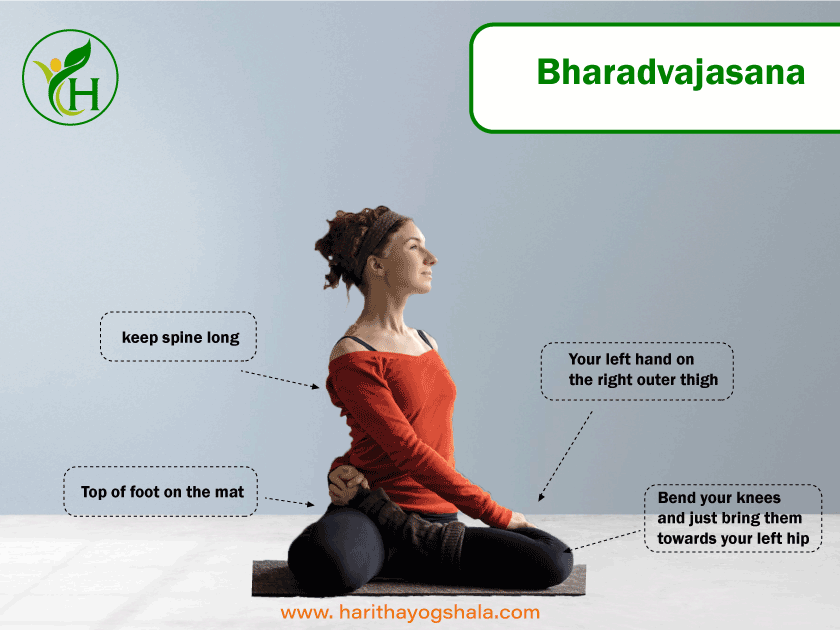
Bharadvajasana, named after the legendary seer Bharadvaja from the Vedas, is a seated twist pose that offers a range of benefits for the body physically and mentally. This pose specifically targets the core muscles and helps improve postural awareness.
Here are some key benefits of Bharadvajasana:
Promotes spinal mobility
Stimulates proper digestion
Relieves constipation, bloating, and gas
Bharadvajasana works by gently twisting the torso, which helps stretch and strengthen the spine, neck, and shoulders. This twist also stimulates movement through the digestive tract, aiding in digestion and relieving discomfort.
By incorporating Bharadvajasana into your yoga practice, you can enhance spinal flexibility, promote healthy digestion, and experience relief from digestive issues.
To practice Bharadvajasana, follow these step-by-step instructions:
Start by sitting in Staff Pose, with your legs extended in front of you.
Lean onto your right hip and swing your legs to the left, bending your knees and placing both feet to the outside of your left hip.
Place your left hand under your right knee and your right hand on the floor behind your right hip.
Inhale to lengthen your spine, engaging your core muscles.
Exhale and begin to twist your torso to the right, keeping your left sitting bone heavy on the floor.
Take your gaze to the right, gently deepening the twist from your torso.
Hold the pose for a few breaths, feeling the stretch and release in your spine, neck, and shoulders.
To exit the pose, exhale and slowly unwind, returning to a neutral seated position.
Remember to practice Bharadvajasana with mindfulness and awareness of your body. If you experience any discomfort or pain, modify the pose or seek guidance from a qualified yoga instructor.
As a teacher, my guidance is crucial in helping your students achieve the most beneficial experience with Bharadvajasana. By providing specific cues for alignment and safety, you can ensure that they practice this seated twist pose correctly. If you're a beginner, practicing Bharadvajasana can be a rewarding experience for your mind and body. Here are some valuable tips:
Use Proper Modifications: It's important to use appropriate modifications in Bharadvajasana, especially if you're a beginner. These modifications can help you find stability and comfort in the pose.
Balance with a Blanket: If you find it difficult to maintain balance in the pose, try placing a folded blanket underneath the buttock of the twisting side. This will provide support and help you stay grounded.
Sink Both Sitting Bones: Consciously sink both sitting bones toward the floor while practicing Bharadvajasana. This will create a strong and stable foundation for the pose.
Add Arm Variations: Once you feel comfortable in the basic pose, you can challenge yourself by swinging your arm around behind your back. This will deepen the twist and engage more muscles.
Use a Strap: To intensify the pose further, you can use a strap looped around the elbow of your twisting arm. This will help you maintain proper alignment and increase the stretch in your shoulders and back.
Emphasize the length and integrity of the central axis: Encourage your students to visualize a straight line running through the center of their torso, from the crown of the head to the base of the spine. This alignment principle helps maintain stability and avoid unnecessary tilting or curving to one side.
Guide the twisting movement from the torso: Instruct your students to initiate the twist from their core muscles rather than relying solely on their arms or shoulders. This ensures that the twist is evenly distributed throughout the spine and promotes a deeper rotation.
Encourage proper shoulder and neck positioning: Remind your students to keep their shoulders relaxed and away from the ears throughout the pose. This prevents unnecessary tension and allows for a more comfortable and effective twist. Additionally, advise them to avoid straining the neck by keeping it in line with the spine.
Remind students to listen to their bodies: Encourage your students to pay attention to their breath and any sensations they may experience during the pose. Emphasize the importance of honoring their body's limits and avoiding any pain or discomfort. Remind them that yoga is a personal practice, and each individual's expression of the pose may differ.
By implementing these teacher tips, you can create a safe and supportive environment for your students as they explore the benefits of Bharadvajasana.
Also Read: How To Do Halasana Yoga (Plow Pose) And What Are Its Benefits
Bharadvajasana, the seated twist pose, offers several variations that cater to different levels of flexibility and ability. These variations allow practitioners to adapt the pose according to their individual needs and make it accessible to a wider range of people.
The Seated Twist variation of Bharadvajasana is a common modification that can be practiced by sitting cross-legged or with the legs extended. From the comfortable seated position, gently twist the torso to one side while maintaining a tall, lengthened spine. This variation provides a milder twist and is suitable for beginners or those with limited flexibility.
For individuals who have difficulty sitting on the floor or require additional support, the Seated Twist in a Chair is an excellent alternative. Sit comfortably on a chair with both feet flat on the ground. As you twist your torso to one side, use the backrest of the chair for stability and support. This variation allows those with mobility issues or injuries to still benefit from the twisting action of Bharadvajasana.
By incorporating these variations into your yoga practice, you can explore the different ways in which Bharadvajasana can be modified to suit individual needs and abilities. Remember to listen to your body and choose the variation that feels the most comfortable and beneficial for you.
Preparing the body for Bharadvajasana is essential to ensure a safe and effective practice. By incorporating specific preparatory poses and counter poses, you can optimize your experience with this seated twist.
Gentle warm-up twists: Start your practice by incorporating gentle warm-up twists such as Supine Spinal Twist or Seated Marichyasana Twist. These poses help loosen the spine and improve flexibility, preparing your body for the deeper twist in Bharadvajasana.
Backbends: Incorporating backbends like Bhujangasana (Cobra Pose) or Salabhasana (Locust Pose) can help open the front body, strengthen the back muscles, and create more space in the torso. These preparatory poses enhance the mobility of the spine and facilitate a deeper twist in Bharadvajasana.
Child's Pose: After practicing Bharadvajasana, come into Child's Pose to release any tension in the back, hips, and shoulders. This restorative pose helps stretch the spine and provides a gentle counteraction to the twisting motion of Bharadvajasana.
Gentle forward fold: Another effective counter pose is a gentle forward fold such as Uttanasana (Standing Forward Bend) or Paschimottanasana (Seated Forward Bend). These poses help lengthen and stretch the spine, release any remaining tension, and provide a calming effect to the body and mind.
By incorporating these preparatory poses and counter poses into your Bharadvajasana practice, you can enhance the benefits of the seated twist, promote spinal mobility, and create a well-rounded and balanced yoga practice.
Bharadvajasana, also known as the seated twist, offers a wide range of physical and therapeutic benefits. By incorporating this pose into your yoga practice, you can experience significant improvements in various aspects of your well-being.
Boosts the Parasympathetic Nervous System: Bharadvajasana helps activate the parasympathetic nervous system, which is responsible for promoting relaxation and aiding digestion. By practicing this pose, you can reduce stress and encourage a state of calmness.
Strengthens Oblique Muscles: The seated twist engages and strengthens the oblique muscles, which are vital for maintaining core stability and supporting rotational movements. These muscles help improve posture and spinal alignment.
Improves Spinal Flexibility: Bharadvajasana involves a gentle spinal twist that helps increase flexibility and mobility in the spine. Regular practice can relieve tension and stiffness in the back, promoting a healthier and more supple spine.
Stretches Shoulders and Hips: During the twist, Bharadvajasana stretches the shoulders and hips, releasing tightness and improving range of motion in these areas. By targeting these key areas, this pose can alleviate discomfort and tension stored in the upper body.
Therapeutic Benefits: Bharadvajasana can provide therapeutic relief for individuals experiencing cervical pain and carpal tunnel syndrome. The gentle twist and stretching involved in this pose help alleviate tension and discomfort in the affected areas, promoting healing and recovery.
Activates Abdominal Muscles: As you twist, Bharadvajasana activates the abdominal muscles, including the obliques and deep core muscles. This engagement helps strengthen the core, improve posture, and support a healthy spine.
Relieves Lower Back Pain: By stretching and releasing tension in the spine and surrounding muscles, Bharadvajasana can effectively relieve lower back pain. This pose promotes proper alignment, reduces strain on the back, and improves overall spinal health.
Enhances Energy and Posture: Regular practice of Bharadvajasana can help boost energy levels and enhance overall posture. The combination of increased spinal flexibility, core activation, and improved alignment contributes to a more upright and confident posture.
By incorporating Bharadvajasana into your yoga routine, you can enjoy the multitude of benefits it offers, from improved digestion and flexibility to increased strength and relaxation.
Bharadvajasana, a seated twist pose in yoga, offers more than just physical benefits. It also has a profound impact on the parasympathetic nervous system, which is responsible for promoting relaxation and the body's rest-and-digest activities.
The gentle twist in Bharadvajasana helps to reduce stress and tension, allowing the parasympathetic nervous system to take charge. As you practice this pose, you'll experience a deep sense of relaxation, calmness, and tranquility.
By consistently incorporating Bharadvajasana into your yoga routine, you can enhance the functioning of your parasympathetic nervous system. This, in turn, leads to an improved state of well-being, increased digestion, and enhanced overall health.
When practicing Bharadvajasana, it is crucial to pay close attention to proper form and execution. By focusing on these factors, you can minimize the risk of injury and maximize the benefits of the pose. Here are some key elements to consider:
Lengthening the Spine: Prioritize elongating your spine in Bharadvajasana. This helps maintain good posture and alignment throughout the pose, ensuring the twist is applied evenly along the entire length of your spine.
Relaxed Shoulders and Neck: Keep your shoulders and neck relaxed as you twist, allowing for a smooth and fluid motion. Tension in these areas can hinder the effectiveness of the pose and lead to discomfort.
Twisting from the Torso: Instead of forcing the twist, allow it to come from your torso. Engage your core muscles and initiate the twist from your waist, gradually rotating your upper body while maintaining stability in the hips and legs.
Modifications for Support: If needed, utilize modifications like blankets or props to provide additional support and stability during Bharadvajasana. These can help you find the proper alignment and make the pose more accessible.
By focusing on proper form and execution, you can cultivate a safe and effective Bharadvajasana practice, reaping the numerous benefits this pose has to offer.
When practicing Bharadvajasana, beginners should take certain precautions and make appropriate modifications to ensure a safe and effective practice. Here are some important considerations:
For beginners, it is essential to start with gentle twists and gradually increase the depth of the pose as flexibility improves. Avoid forcing the twist and listen to your body's limits.
Using props like blankets or sitting on a chair can provide additional support and stability, making the pose more accessible for beginners. Placing a folded blanket underneath the twisting-side buttock can help maintain balance and alignment.
During the practice of Bharadvajasana, it is crucial to listen to your body and avoid any pain or discomfort. If you experience any discomfort, release the pose and make necessary modifications or adjustments.
As a beginner, it is highly recommended to seek guidance from a qualified yoga instructor. They can provide valuable insights, correct alignment, and offer modifications tailored to your individual needs.
Also Read: What Is Shalabhasana (Locust Pose), How To Do It And It's Benefits?
Bharadvajasana, the seated twist pose named after the ancient sage Bharadvaja, is a highly beneficial yoga posture that brings about numerous positive effects for both the body and mind. By incorporating this pose into your yoga practice and focusing on proper alignment and modifications, you can experience improved spinal mobility, enhanced digestion, strengthened core muscles, and an overall sense of well-being.
Regular practice of Bharadvajasana helps to promote flexibility and stability in the spine, while also stimulating the digestive system, making it an excellent pose for those seeking relief from digestive issues such as bloating and constipation. This seated twist pose not only targets the physical body but also has a calming effect on the mind, reducing stress and promoting relaxation.
Remember to maintain proper form and execution by lengthening the spine, keeping the shoulders and neck relaxed, and allowing the twist to come from the torso. Beginners can start with modifications such as using blankets or sitting on a chair to provide additional support. As you progress, feel free to explore variations of the pose to deepen your practice.
In summary, Bharadvajasana is a valuable addition to any yoga routine, offering a wide array of benefits for the body, mind, and overall well-being. Embrace this seated twist pose and enjoy the transformative effects it can bring to your yoga journey.
If you're new to yoga and want to start practicing yoga in an organized way to learn the correct techniques for yoga asanas, our Yoga for Beginners course is the ideal choice for you.
Explore our 100-hour Yoga Teacher Training course, offered by one of the best training facilities in Rishikesh, perfect for those interested in deepening their practice and teaching skills.
Explore the world of healing and meditation through our exceptional Sound Healing course in Rishikesh.Designed for people who are passionate about learning and engaging with these activities that change lives

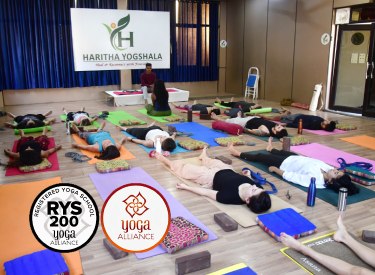
Haritha offers 100, 200, 300 hours yoga teacher training in Rishikesh
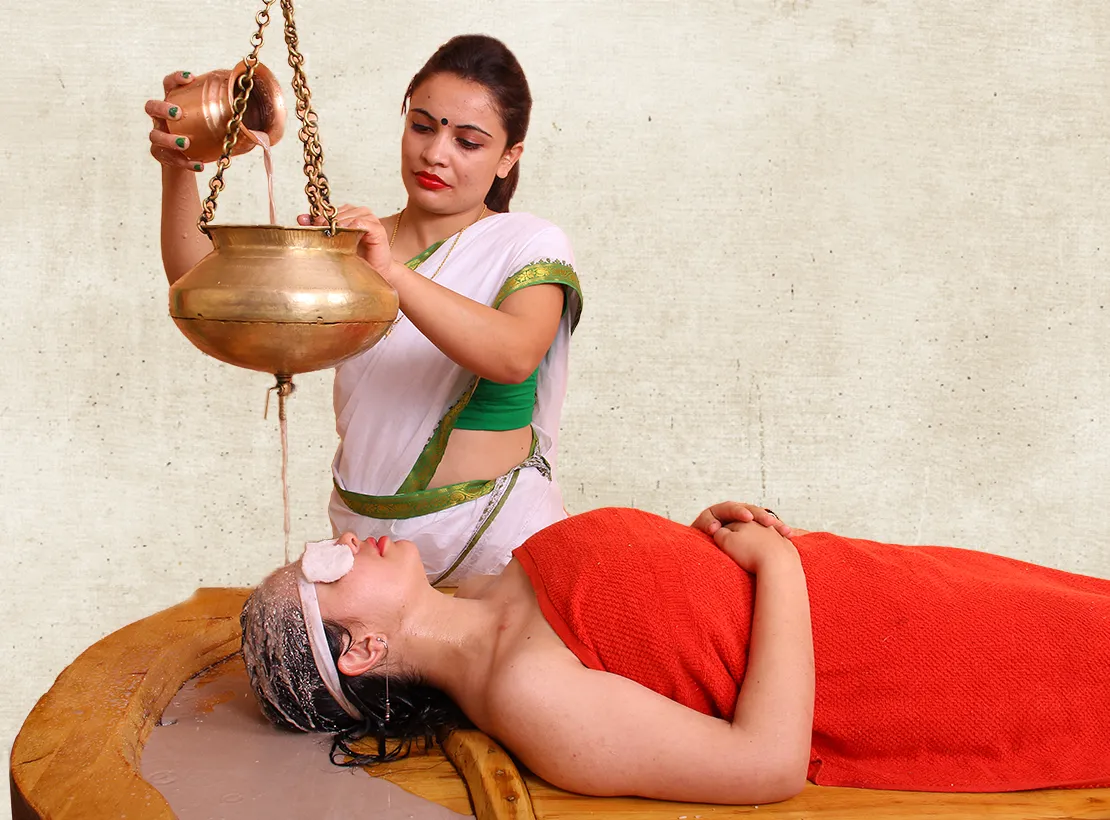
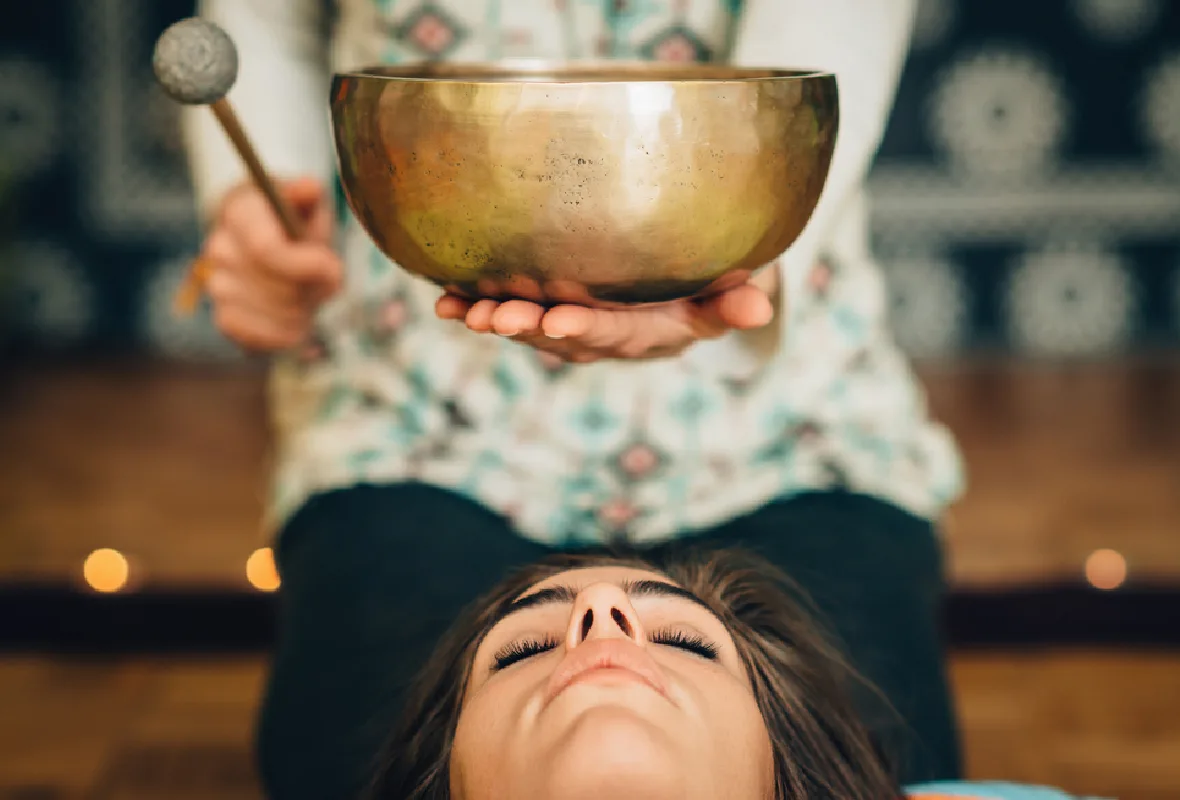
Know about Haritha healing and meditation courses and therapies
